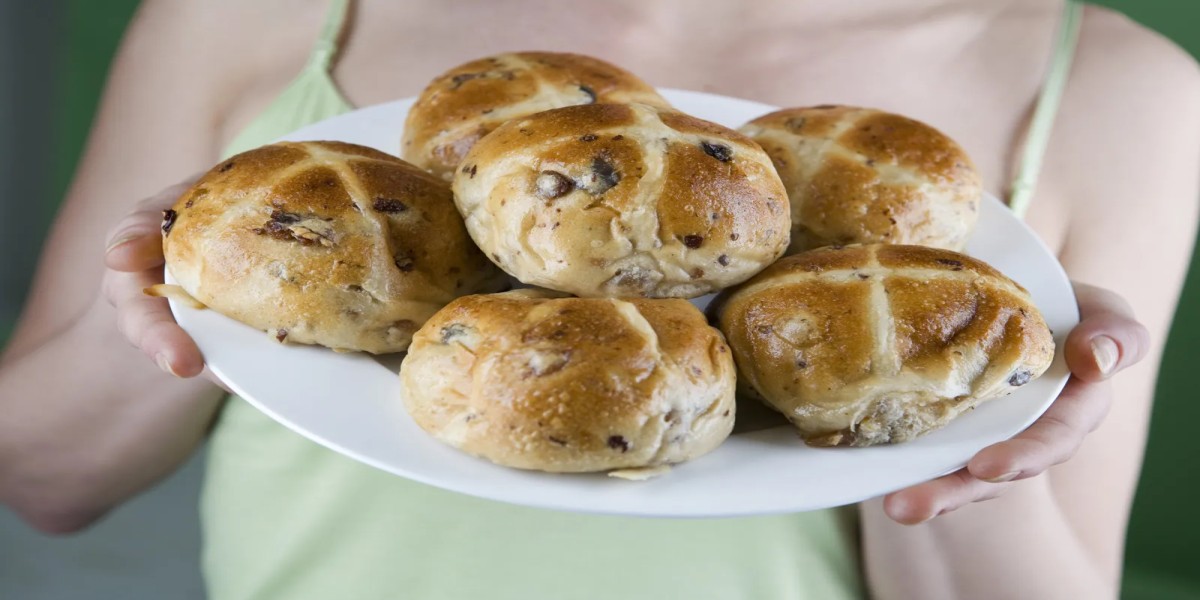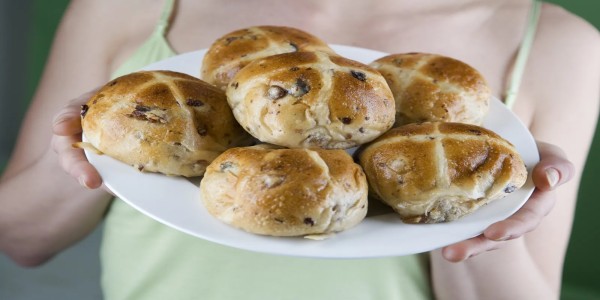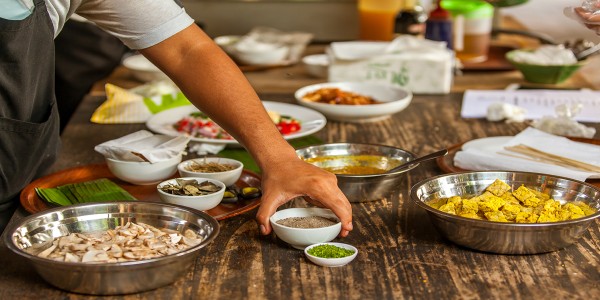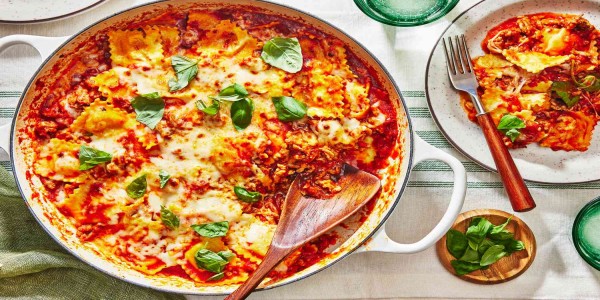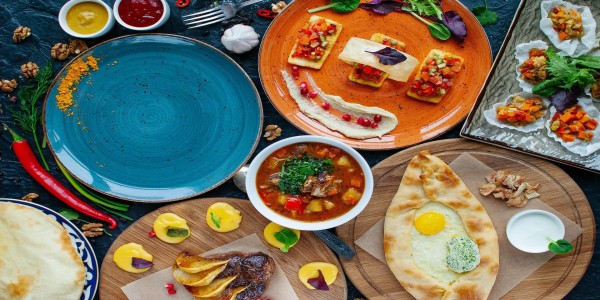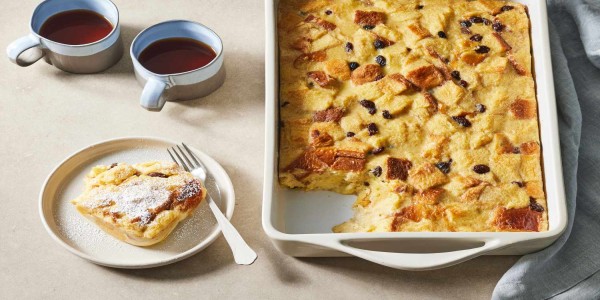Apron Strings: The Threads That Bind and a Hot Cross Bun
Now that Easter has passed and Christmas is quickly approaching, I have been thinking about buttons rather than religion or resurrection. Buttons, indeed. As a result of eating too much chocolate and exercising too little self-control, I lost one of my work pants over the Easter weekend.
The irony? That busted button set off a series of memories, one of which was about the modest hot cross bun, another Easter treat that fell short of expectations.
Raisins and Childhood Disappointments
I can still clearly recall it. When my mother first served me a hot cross bun, I was a little child, full of sugar and eagerness. Just the name was exciting—"bun" seemed to be a promise of happiness. Would it be presented as a fairy cake in a fanciful case? Would it have a glaze, be filled with custard or syrup, or maybe have a whole glacé cherry on top? My thoughts were racing.
It was little, roundish, gleaming from a sugary glaze, and topped with an enigmatic pale cross, but what came was very different. No maraschino jewel, no cream center, no brilliant wrappers. What about the flavor? Spicy. Fragrant. In the wrong way, sticky. The squish of dried fruit was unsettling. The orange peel bit back. A strangely penitential feel. I was devastated. Not because we are entitled, but rather because of misplaced expectations, which most of us pick up early and never fully get over.
From "Thank You" to "May I Have Two?"
Of course, even the bitter things get sweeter with time.
As an edible indicator that spring has finally arrived, I now embrace hot cross buns as seasonal punctuation marks. Their dried fruit is more symphony than squish, and their spices are warm rather than weird. They are delightful when toasted and slathered with salted, real butter, not margarine masquerading as butter. A custom. A reminder that, like viewpoints, tastes can evolve over time.
The cross piped on after proving—something I had believed was carved by hand like some old runic symbol—was something I recall learning how to do in culinary college. At the time, I had not really committed to a career in hospitality—a term that, to be honest, I did not particularly enjoy—it seemed like being permanently bound to a buffet plate. Like my dad, I believed that maybe construction was my destiny. Then, however, something changed.
Acquiring Knowledge, Not Just Cooking
The peaceful desire to learn more was what started the fire, not the classes. Not only how to cook, but also the reasons behind the foods we consume. The formation of traditions. Why flavors have significance.
In retrospect, I can see that it was the start of my own learning cycle even though I did not have the words for it at the time. It was something internal—curiosity, stubbornness, perhaps even a hint of pride—rather than something forced by schedules or education. I did not want to simply show there and follow the procedures. I wanted to do something well if I was going to do it.
The fact is that instruction only goes so far in any kitchen or classroom. 40% of the way, perhaps. The remaining 60% must originate internally and include curiosity, humility, and drive. the will to flourish rather than merely get by. Perhaps, to go full circle, those early dietary setbacks provided me with concerns worth exploring.
Back to the button that began it all: Make-Do, Mend, and the Button That Started It All.
You do not merely go into town to find a substitute when working at sea. You adjust. You gain knowledge. After years of not touching them, you thread needles. Since helping my grandmother in her later years, when she was still climbing chairs to take down curtains while we pleaded with her to come down, I had not stitched much. Her mind was as sharp as vinegar even into her nineties. Back then, there was always something to fix. Buttons. Hems.
Our motto was "make do and repair." Perhaps this philosophy of not discarding things too soon is what so much of contemporary living lacks. Tradition is viewed by us as charming and outdated. Sometimes, though, it is what keeps us all together.
Hot Cross Buns and Time's Passing
Therefore, even if hot cross buns are now available all year round, I will still wait for Easter to enjoy them. I prefer them to have a purpose. The spices are a representation of old customs. A silent homage to sacrifice is the cross. Like memory, the peel is bittersweet. There is no sacrificing the butter's thickness or quantity. What about the button? reattached, more robust than previously.
Honoring the traditions has a reassuring quality. About learning to love disappointment in a different way the second time around and remembering it. about viewing a bun as a narrative as well as a snack.
Because the most remarkable memories can occasionally be held together by the most commonplace things—spicy bread, a misplaced button.
